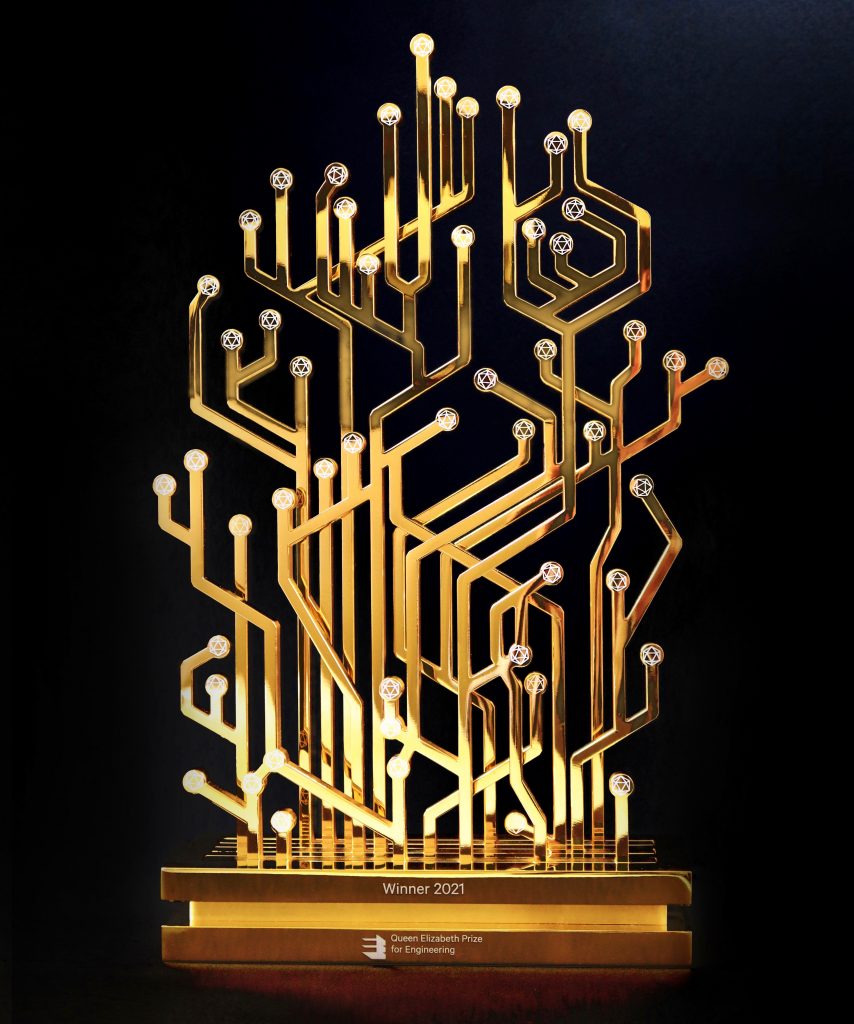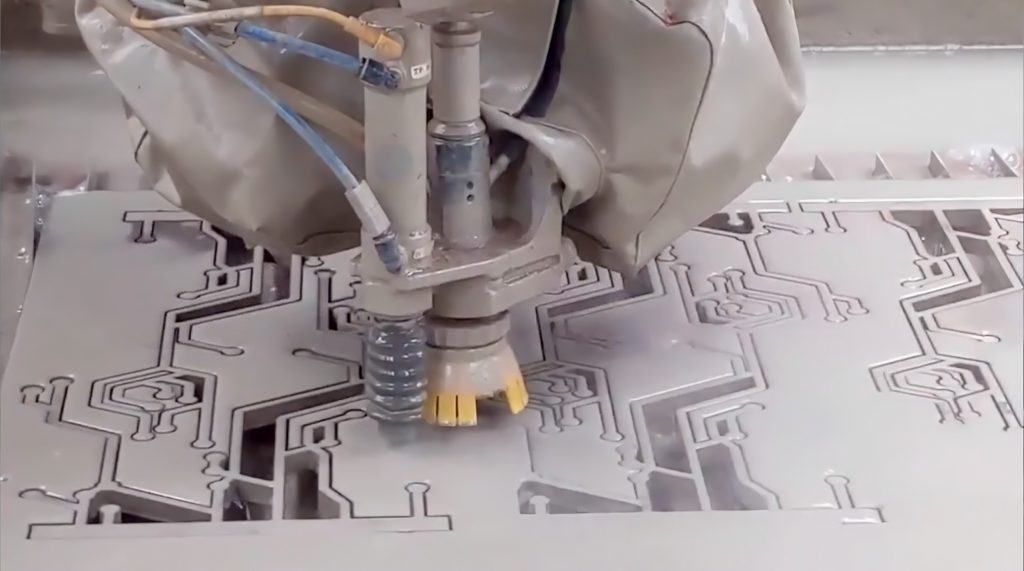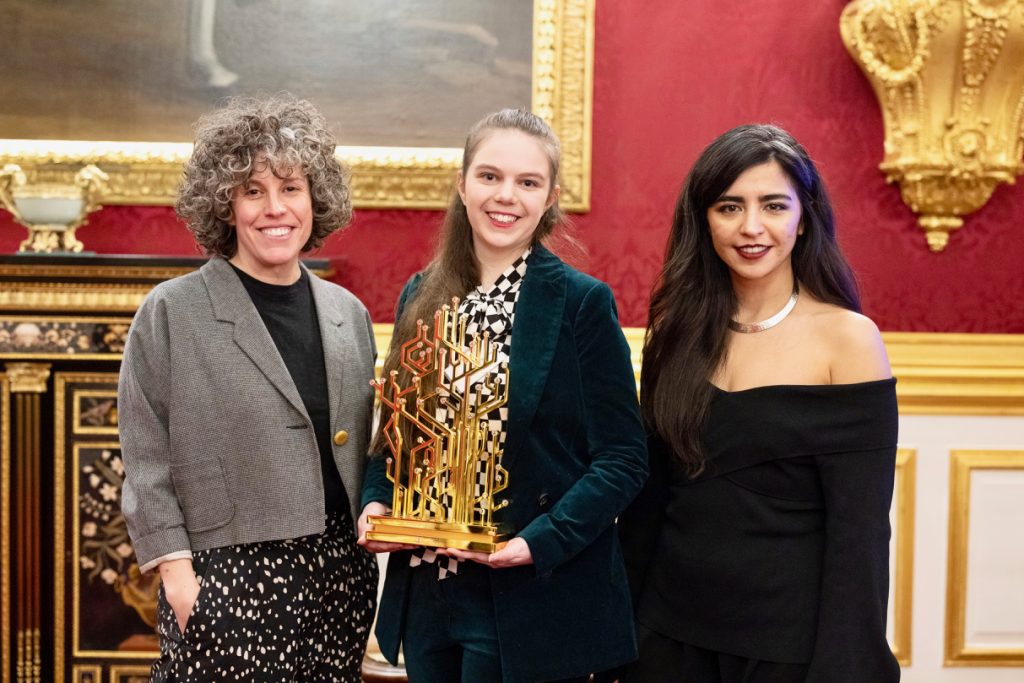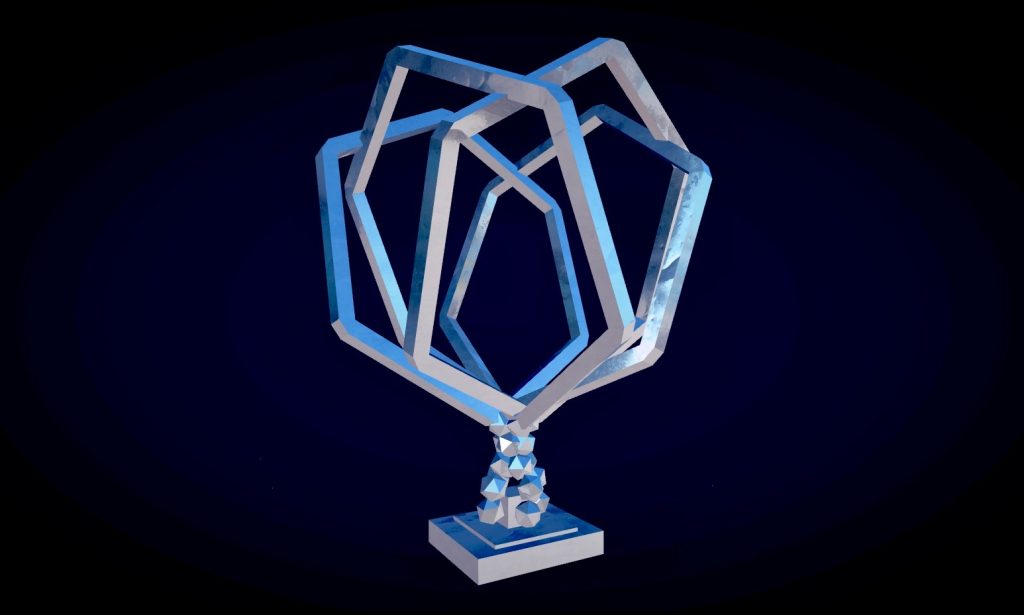“Creative work is play. It is free speculation using the materials of one’s chosen form.” – Stephen Nachmanovitch.
How far can one idea go?
We live in an era where information is easily available to us serving as a constant reminder of the challenges we face and the fragility of humanity. Yet every hour of every day we come into close contact with exceptional innovations that have contributed to bringing us closer, making us healthier or improving our lives at a small or a larger scale.
Some of these inventions are embedded into our daily lives. We hold them as wonderfully complex devices that fit perfectly in the palms of our hands. We attach some of them to our wrists, measuring our vital signs, often tracking the evolution of our performance and health. We use them to create shelter, experiences and objects that elevate our spirits.

The Queen Elizabeth Prize for Engineering (QEPrize) rewards groundbreaking engineering innovations of global benefit to humanity. In other words, it recognises ideas that positively impact millions of lives around the world.
An idea can go far. But how does it get there?
This is where the Create the Trophy competition comes in. Aiming to inspire future generations of innovators through the use of their creativity, the QEPrize offers an opportunity for young people to experience what it is like to imagine something, dare to communicate it, and watch their ideas come to life.
Every year, young people around the world are invited to submit their ideas for the design of the trophy awarded to the next QEPrize Laureates. With the support of an expert team, the chosen winner will witness the development of their design idea, ultimately seeing it transformed into a unique physical artwork and centerpiece of the prestigious QEPrize award ceremony.

The 2021 QEPrize recognised the global impact of light emitting diode (LED) technology, an invention that has forever impacted the sustainable use of energy around the globe. The trophy awarded to the developers of LEDs was designed by 20-year-old design student Hannah Goldsmith, who drew inspiration from the circuit boards on which much engineering is done.
The judges, led by Science Museum Group Director Sir Ian Blatchford, were so impressed with the quality of the competition entries that they also highly commended the work of 18-year-old Indian student Atharva Gai. The judges’ expertise represents a variety of disciplines that intersect engineering and creativity including design, architecture, materials science and structural engineering.
The Laureates of the 2021 QEPrize – Isamu Akasaki, Shuji Nakamura, Nick Holonyak Jr, M. George Craford and Russell Dupuis – were honoured for their key contributions to the creation and development of LED lighting. In recognising the role of these five visionaries, the QEPrize elevates the story of LED evolution as a demonstration of collective creation.

Being nearly everywhere, LEDs light our screens, guide us on the road and illuminate our favorite artists during an impactful stage of their performance. They come in different physical shapes and forms which also inform how we experience them. Beautifully integrated into a crafted light feature, LEDs can also sit passively in our living rooms and contribute to warm evening conversation. This is how we see an idea evolve and grow through collaboration and contribution from multiple skill sets.
The Queen Elizabeth Prize focuses on the field of engineering, but design, creativity and collaboration are critical in order to see ideas through and create solutions that were not there before. This is how innovation is born.

Where does it start?
It all starts with play. The playful imagination of possibilities that do not exist. This is the art and the challenge of creating a brief, often defined as a series of simple questions that set the mission and spark imagination.
What could a trophy representing innovation look like? What would you like it to look like?
In entering the competition, every participant imagines their answer through their own unique view and inspiration. Using a fun mobile app, they can create a 3D model of their ideas, trying and testing them until they are ready for submission within the same space.
The variety of entries reflects how engineering, innovation and technology have impacted different cultures, people and places. Each submission teaches us something new about a corner of the world. In seeing the shapes and inspirations we can see cultural richness and different points of view of the impact of technology and engineering.
This year’s winning trophy design is composed of a series of hexagons to represent the global connections created by technology. It was designed by 17-year-old Anshika Agrawal, based in Agra, India. Demonstrating the range of creative responses, a gold design inspired by the movement of peacocks dancing in the rain caught the judges’ attention, receiving a special commendation. It was submitted by 24-year-old Vishwajeet More.
In the coming months, the 2022 QEPrize trophy will be developed and fabricated following Anishka Agrawal’s design. It will be presented to Dr Masato Sagawa in honour of his role in the discovery, development and global commercialisation of the world’s most powerful permanent magnet which has contributed towards enabling cleaner and energy saving technologies.
By encouraging young people to participate, we hope to make engineering, design and creativity more accessible and to give a glimpse into the exciting process of bringing ideas to life. We want to inspire young people to imagine and dare to create and take a step towards becoming the next generation of innovators.

Enter the QEPrize Create the Trophy competition by following the details on the Queen Elizabeth Prize for Engineering website: www.qeprize.org/trophy
